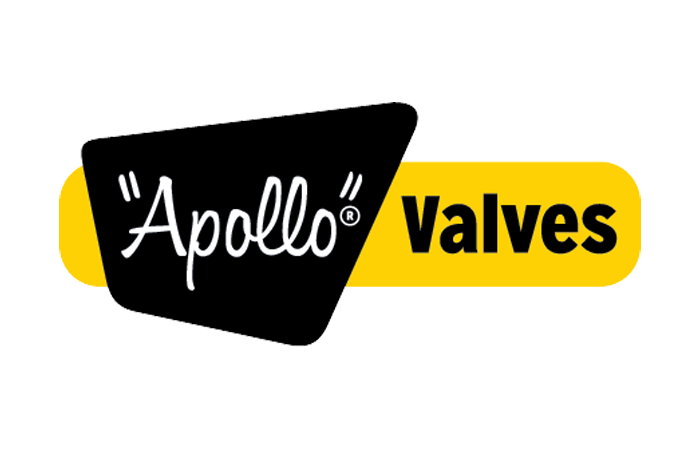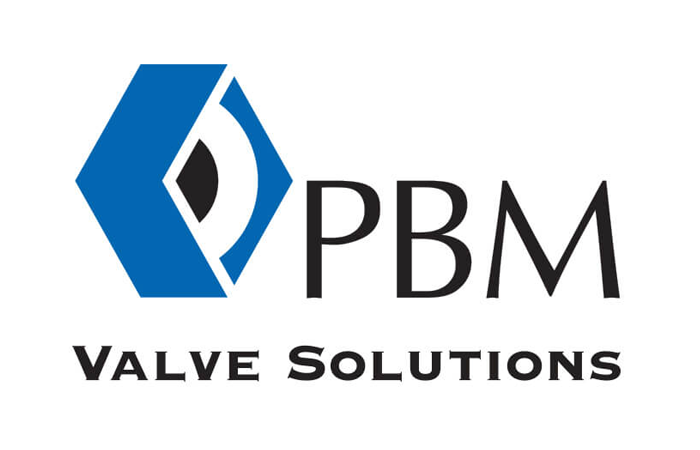Ball Valves
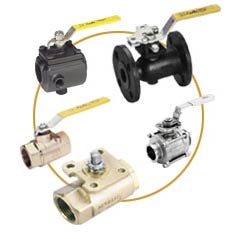 As the name suggests, the controlling mechanism in a 'ball' valve is a ball (usually metal) with a hole drilled through it. The ball can be rotated within a valve: in the open position the hole is in line with the valve inlet and outlet, allowing straight through flow; when rotated a quarter-turn (90°) the hole is offline and the solid surface of the ball prevents flow-through.
As the name suggests, the controlling mechanism in a 'ball' valve is a ball (usually metal) with a hole drilled through it. The ball can be rotated within a valve: in the open position the hole is in line with the valve inlet and outlet, allowing straight through flow; when rotated a quarter-turn (90°) the hole is offline and the solid surface of the ball prevents flow-through.
Ball valves can be confiured to provide tight shutoff and controlled flow in a wide range of applications, regulating high volumes, high pressure and high temperature. Variables include the material of construction (commonly brass, bronze, copper, cast iron, ductile iron, stainless and other steel types, and metal alloys) body design, porting and seat materials.
It is important to consult with manufacturers or approved and experienced distributors like Associated Valve to ensure a proper match between the media being handled (chemical properties, concentration and temperature) and the specific design properties and materials used in the valve.
Ball Valve Suppliers
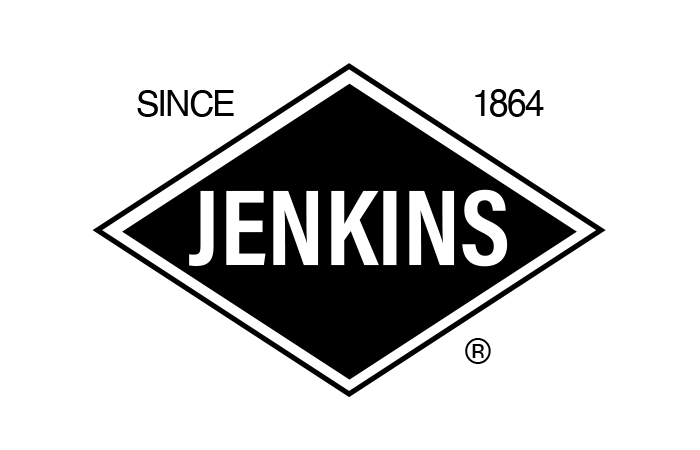
Featured Products
APOLLO CSA 3.16 GUIDE
CSA 3.16-15 Lever Operated non-lubricated gas shut-off valves
This Standard applies to manual lever operated gas shut-off valves, sizes 1/4" to 8", of metallic construction with welded, flanged or threaded ends other than pressure lubricated designs for use with natural gas, manufactured gas and liquefied petroleum gasses (distributed as vapour with or without the admixture of air), or mixtures thereof that are suitable for use between service temperatures of -60 degrees Celsius to 180 degrees Celsius over a pressure range of 0-125 PSI and withstand field pressure testing to a maximum permissible pressure of 187 PSIG.
ANSI FLANGED BALL VALVES
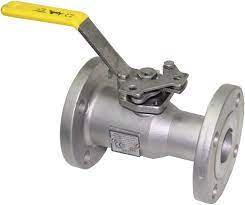 Apollo Featured Ball Valve
Apollo Featured Ball Valve
87-100 Series
Description: Stainless Steel ANSI Class 150 Flanged Ball Valve
Sizes: 1/2" to 1"
Ends: ANSI Class 150 Flanged
Features
- Investment cast body
- Adjustable packing gland
- RPTFE seats and seals
- Actuator mounting provisions
- (-24) Certified to API standard 607, 4th Edition
- Meets NACE MR-01-75
- Unibody construction
- Corrosion resistant
- Blow-out-proof stem design
- Field repairable
- Positive shut-off
- Vacuum Service to 29 inches Hg.
- Federal Specification: WW-V-35C, Type: II, Composition: SS, Style: 3
- Pressure Ratings: 275 psig WOG Cold, Non-Shock 150 psig Saturated Steam
OMNI II: SPLIT BODY FLOATING BALL VALVE
 Type
Type
- Split Body
- Bi-Directional
- Floating Ball
- RF Flanged Ends
Bore: Full and Reduced
Pressure Class: ANSI 150lb - ANSI 300lbs
Size Range: ½” to 8” (Full) 3” to 10” (Reduced)
Body Material: Carbon Steel, Alloy 20, 316SS, Monel, 304SS, Special Alloys
Trim Options: 316 SS, Alloy 20, 304 SS, Hastelloy C, Monel, Special Alloy
Max.Working Pressure: 285psi/720 psi
Temperature Range: -20 up to 500 F
Let's Talk
Our staff can be a big help in putting your order together! Dialogue is an expected and valuable part of the order process with Associated Valve.
(800) 661-7363 (Canada Toll-Free)
(780) 979-0505 (Edmonton Area)

